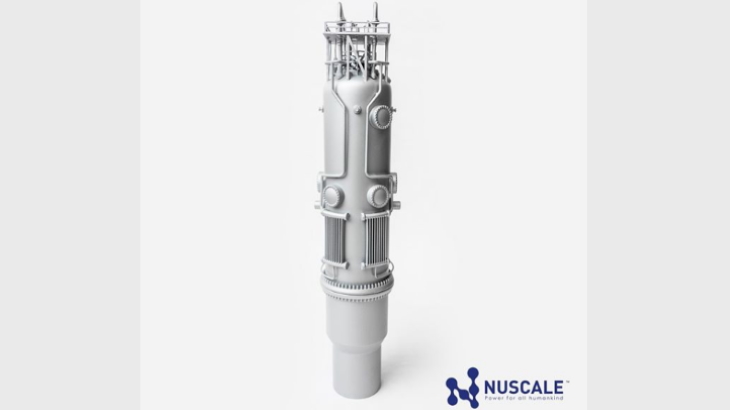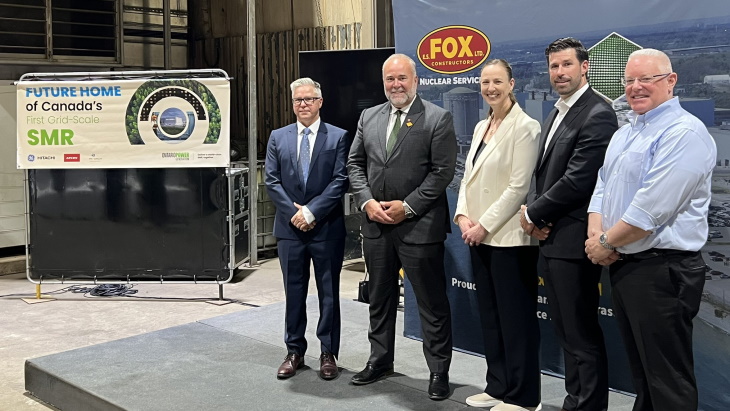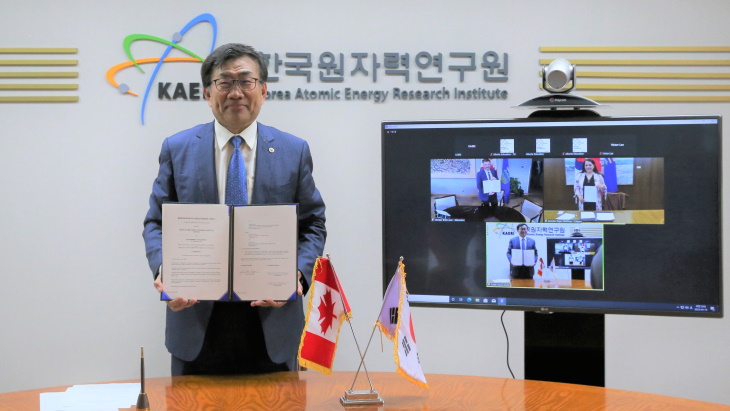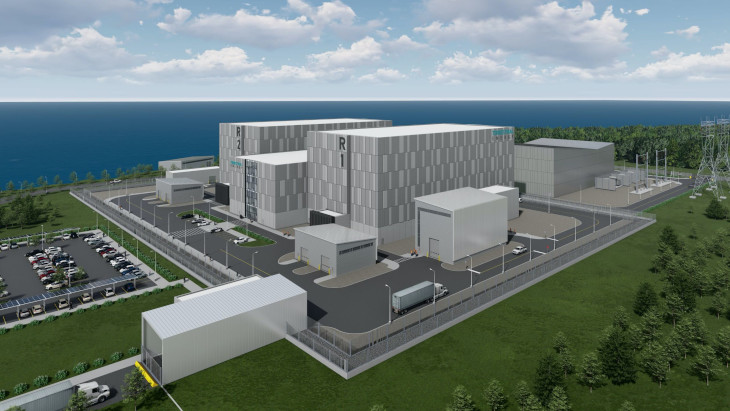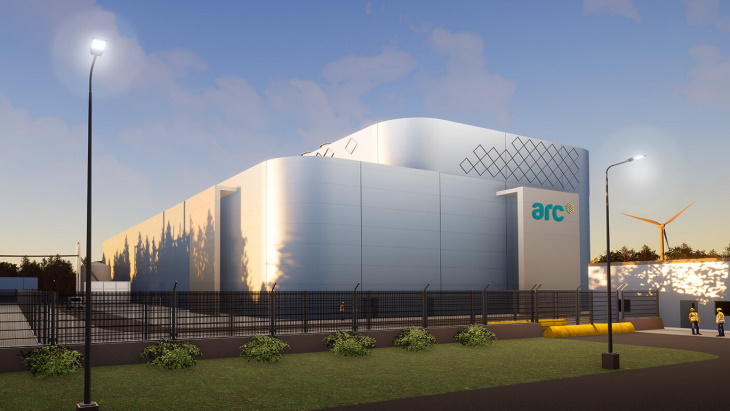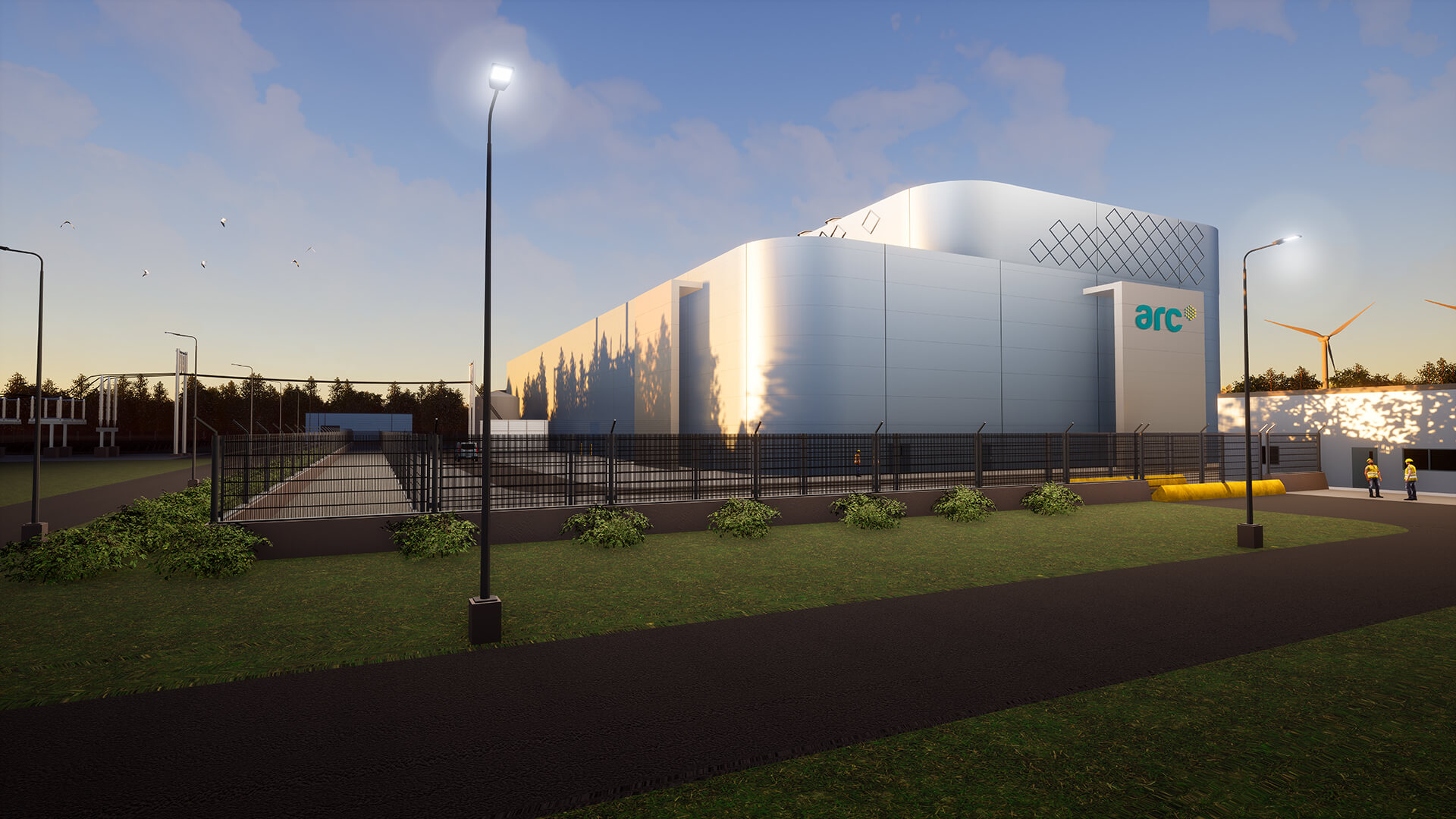US producers should aim to double their production when oilfield technology sufficiently increases extraction rates, Steven Winberg, assistant secretary for fossil energy, US Department of Energy, said at the Baker Hughes annual meeting earlier this week.
The US became a net exporter of oil in recent months and has been producing increasing amounts of natural gas since the huge expansion of the sector began around a decade ago.
The Trump administration has an “all of the above” energy strategy to get it through the energy transition, says Winberg. “We do not think it is by picking one form of energy or another. So, at the Department of Energy (DoE), we have all of the above technology development strategy that includes nuclear, coal, oil, gas and renewables.
“We believe that it is technological development that—as in the past, it will in the future—takes us where we need to be. So that's the policy of this administration.”
Winberg downplays the increasingly alarming predictions of climate scientists. “Having spent over 40 years in this industry, a lot of people have looked into their crystal balls and made very forceful forecasts that turned out to be wrong.
“The one thing that we know for certain is that technology has stepped up to the plate on every single occasion and resolved problems,” he says. “If you look at what has happened in the shale revolution in the US, [it has happened] because of technology, in part from solar technology.”
The DoE is investing in carbon capture, utilisation and storage (CCUS) projects. “As Dr [Fatih] Birol [of the IEA] says, not only is CCUS going to keep fossil energy going into the future, but it is necessary to beat any climate [change] that people are talking about. It is simply a necessary part of whatever transition we seek, and how quickly we seek to make it.”
The US government is investing c.$200mn per year in CCUS and “it has been that way for the last several years,” says Winberg. “And that is set to continue.”
For context, in phase one of the recent trade deal with China, the US will export $52.4bn of energy products to China including crude, oil products, LNG and coal.
Increasing production
While Winberg says there is a glut of gas in the US and globally, which he expects to continue, he says that production of oil and gas should increase when technology allows.
Producers “have not yet climbed the learning curve of oil and gas production in the unconventional oil and gas space,” he says. “As these producers continue to climb that learning curve, they will figure out ways to increase productivity and do it at a lower cost.”
Are we close to the top of that curve? “Perhaps, but there is another element of it, and that is using artificial intelligence, machine learning and high-performance computing capability to see under the surface, to understand what is happening in shale plays. And we are just at the very beginning of that,” he says.
"Some of the oil and gas experts at the DoE think we could double production, and if that were to happen it would be as game-changing as the shale revolution that began a decade or so ago."
He challenged the industry to increase the recovery rates from fields because this means “less wells need to be drilled and less infrastructure needs to be built… efficiency is the right way to go”.
A full exclusive interview with Winberg will appear in the March issue of Petroleum Economist.

